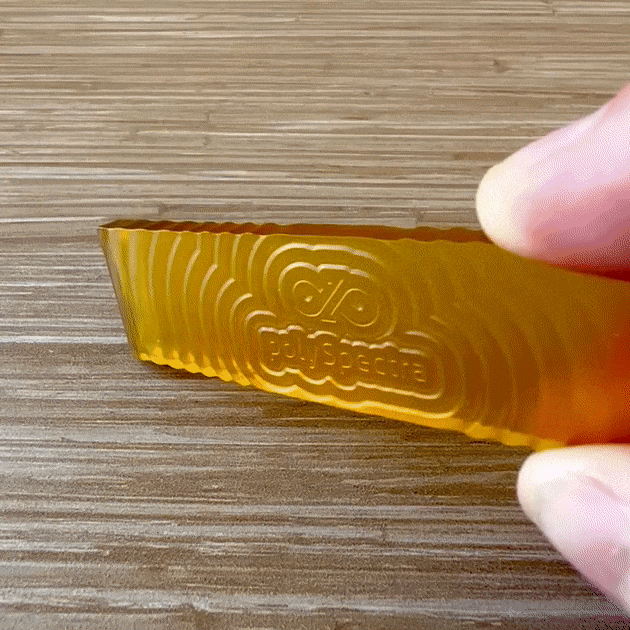Coefficient of Thermal Expansion (CTE) in Photopolymer Resin 3D Printing
The Coefficient of Thermal Expansion (CTE) is a critical material property in the field of additive manufacturing, particularly for processes involving photopolymer resins such as stereolithography (SLA) and vat photopolymerization. CTE quantifies the degree to which a material expands or contracts with temperature changes. In the context of 3D printing, understanding and managing CTE is essential for ensuring dimensional accuracy, structural integrity, and performance of printed parts under varying thermal conditions.
Below is a detailed analysis of selected sources that provide valuable insights into the importance of CTE in photopolymer resin 3D printing, stereolithography, vat photopolymerization, and polymer additive manufacturing.
NCBI Article on Thermal Expansion in 3D Printing Materials
Relevance: This scientific article discusses the experimental determination of CTE for various polymers used in 3D printing. It provides a methodological approach to measuring thermal expansion, which is crucial for understanding material behavior during and after printing.
Reliability: Published by the National Center for Biotechnology Information (NCBI), this peer-reviewed article is a credible source of scientific data. The experimental methods and results are well-documented, making it a reliable reference for academic and industrial research.
Significance: The article’s focus on empirical data and experimental setups for measuring CTE offers a foundational understanding of how different polymers behave thermally. This information is critical for designers and engineers who need to predict and compensate for thermal effects during the 3D printing process.
Frontiers in Materials on Vat-Photopolymerization
Relevance: This review article explores the applications of vat-photopolymerization in various fields, including advanced ceramics and biomedical applications. It discusses the process in detail, including the importance of material properties such as CTE.
Reliability: Frontiers in Materials is a well-regarded journal in the field of materials science. The review is comprehensive and cites numerous studies, indicating a thorough examination of the subject matter.
Significance: The article provides a broad overview of vat-photopolymerization, including its advantages and challenges. Understanding CTE is implicit in the discussion of material properties that affect the quality and performance of printed parts. This source is valuable for researchers interested in the broader implications of CTE in advanced applications of vat-photopolymerization.
ScienceDirect Topics on Coefficient of Thermal Expansion
Relevance: This topic page provides a general overview of CTE, including factors that affect its value in polymers. It serves as a foundational resource for understanding the basics of thermal expansion.
Reliability: As a curated collection of excerpts from various ScienceDirect publications, this resource draws from peer-reviewed content, ensuring the information is reliable and accurate.
Significance: The page is a useful starting point for anyone new to the concept of CTE. It lays the groundwork for more in-depth exploration of how CTE affects material selection and design in photopolymer resin 3D printing.
C-Therm on Coefficient of Thermal Expansion of Polymers
Relevance: This resource discusses the measurement of CTE in polymers using thermomechanical analysis (TMA). It provides practical insights into how CTE is quantified and its significance in material performance.
Reliability: C-Therm Technologies specializes in thermal analysis and their content is geared towards professionals in the field. The information is likely to be reliable and useful for those looking to measure or understand the thermal properties of polymers.
Significance: For researchers and engineers working with photopolymer resins, this source is valuable for its focus on the measurement techniques of CTE. It can guide the development of new materials and the optimization of existing ones for 3D printing applications.
Conclusion
The Coefficient of Thermal Expansion is a pivotal property in the realm of photopolymer resin 3D printing. The selected sources provide a comprehensive understanding of CTE from both practical and theoretical standpoints. They cover the importance of CTE in material selection, the experimental measurement of thermal properties, and the implications of thermal expansion in various additive manufacturing processes. Together, these resources form a robust bibliography for researchers, engineers, and practitioners seeking to optimize the performance of photopolymer resin 3D printed parts through a deeper understanding of CTE.
